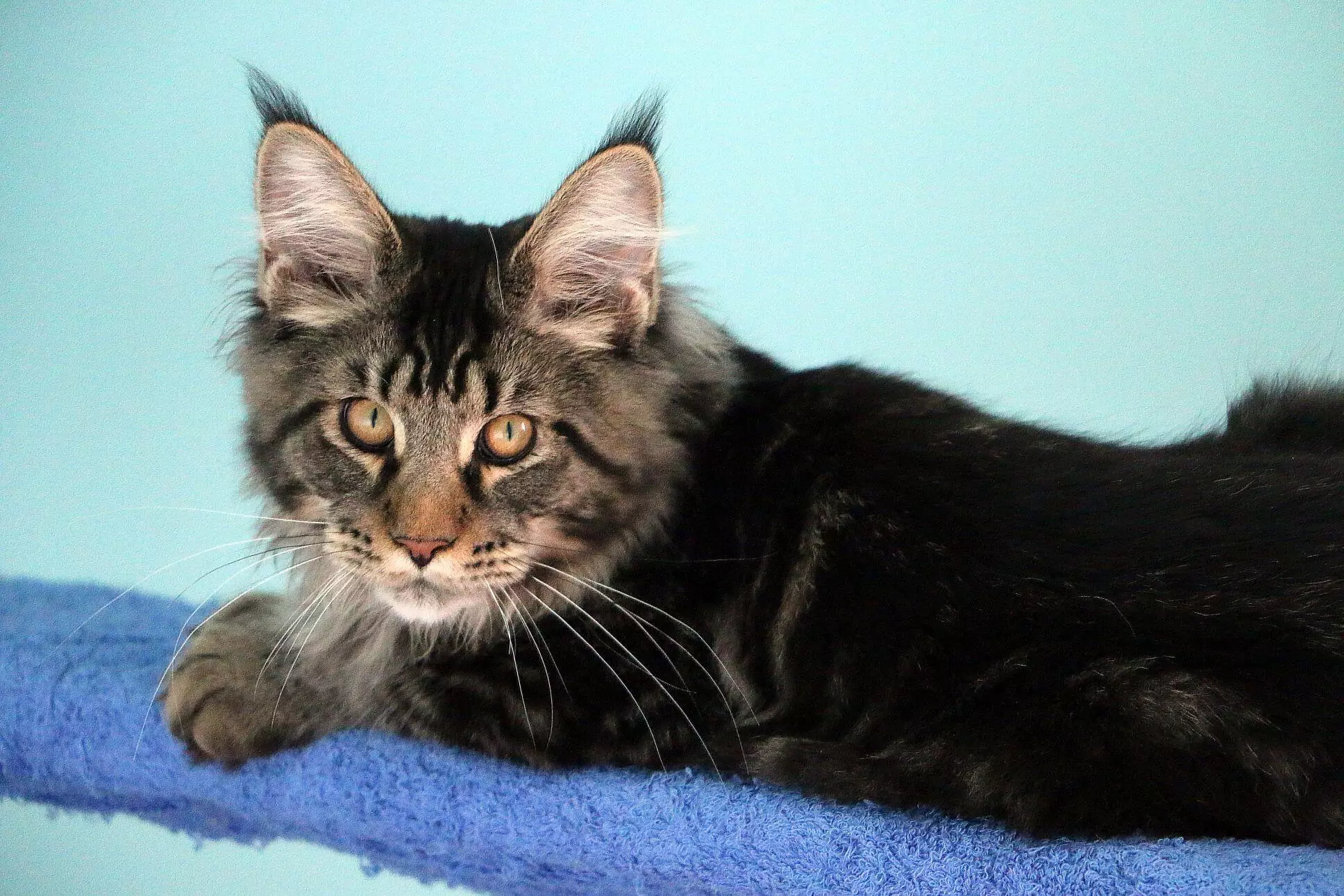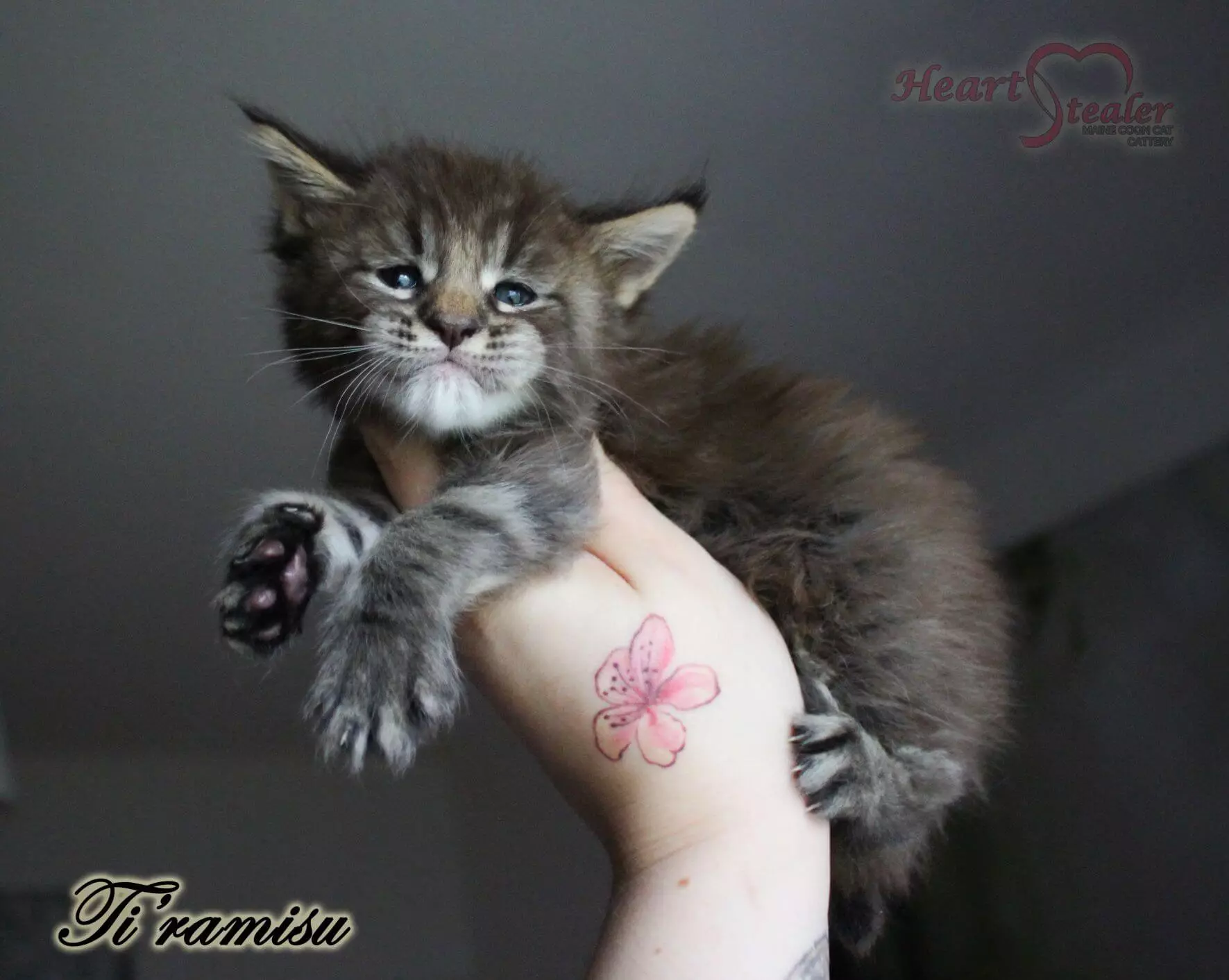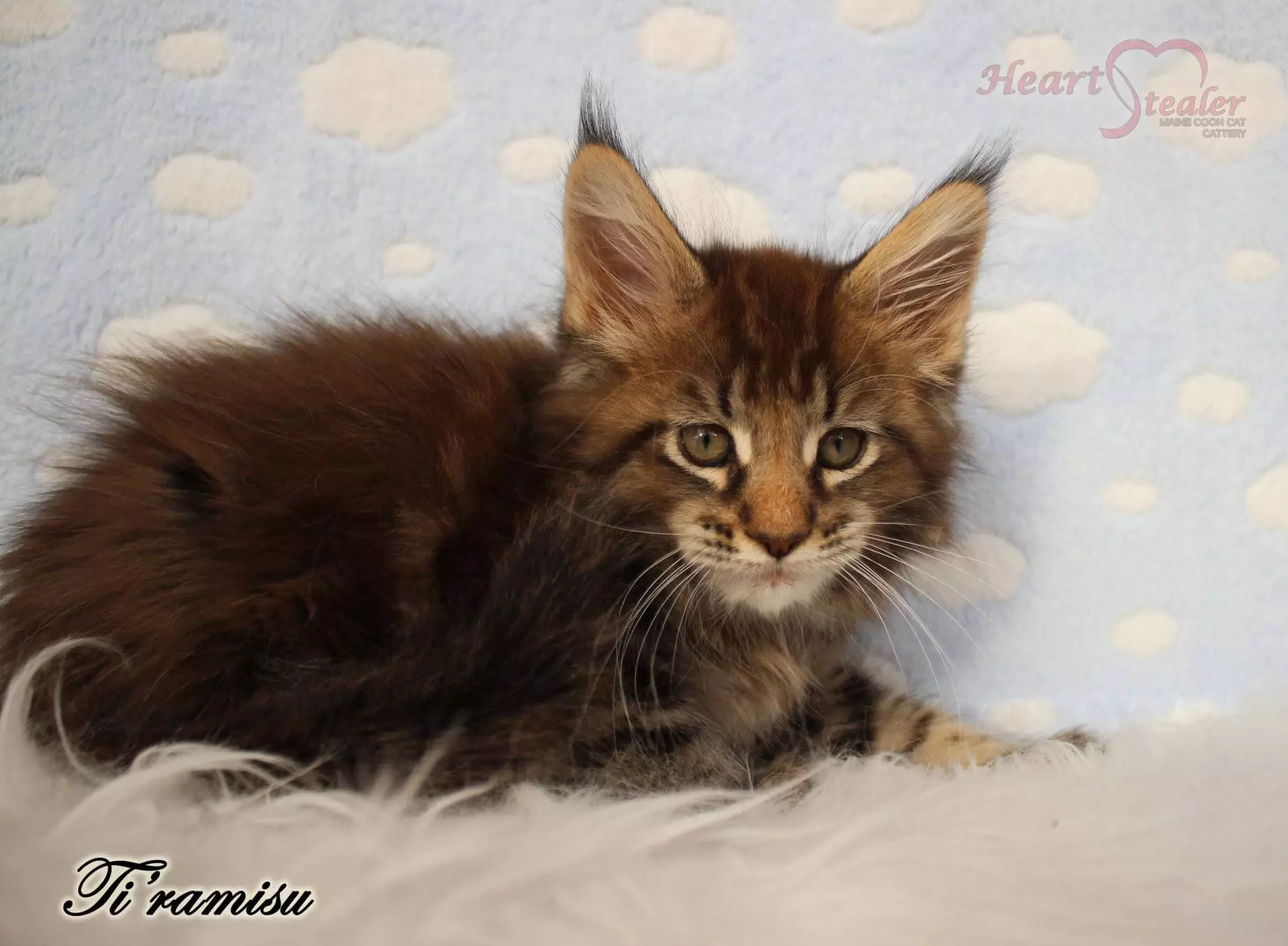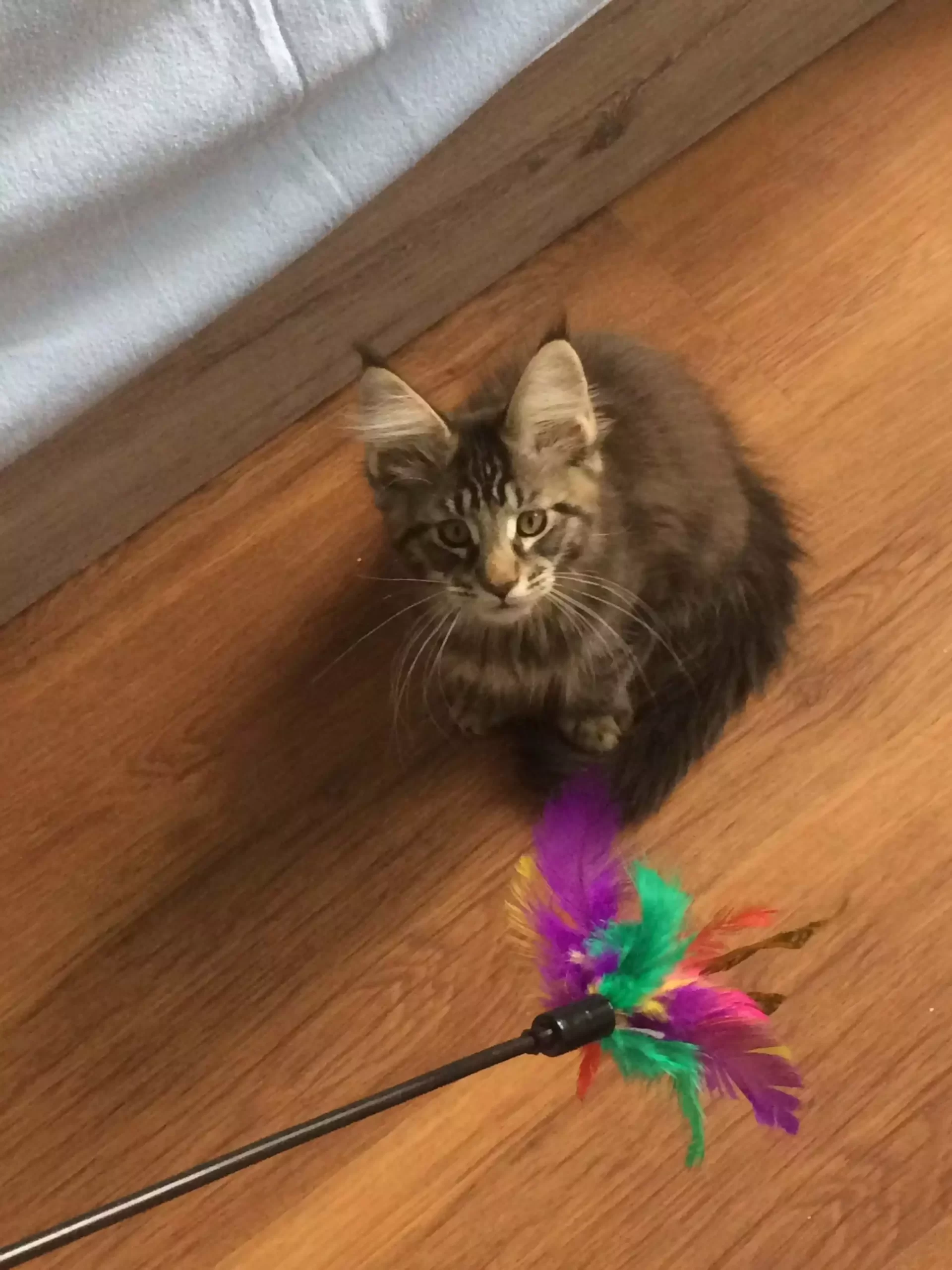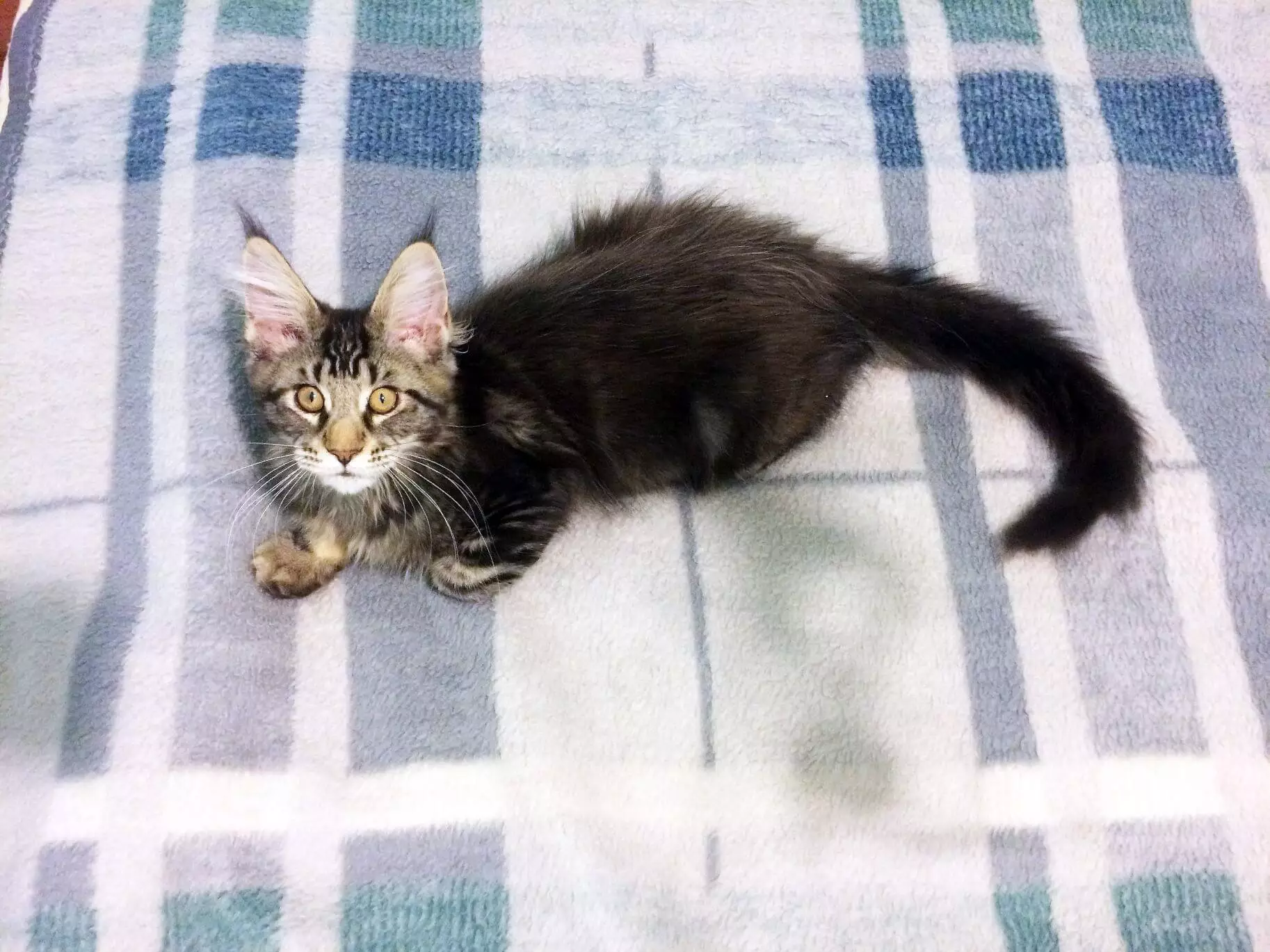The importance of cat neutralization
We have come again to a very important topic. I will write you about the importance of cat neutralization in this blog post. It cannot be emphasized enough, how important it is to neutralize all purebred kittens, who are sold as pets, out-of-breeding ”pensioned” cats and domestic cats.
The neutralization of pedigree cats is necessary to prevent propagation, while the neutering of domestic cats is essential to stop the growth of the stray cat population, and to reduce the number of kittens entering shelters. Furthermore, to prevent such brutal murders when the ”dear” owner’s outdoor cat gives birth to unwanted litters due to the lack of neutralization and the owner kills the innocent kittens.
In the case of domestic and pedigree cats, neutering at the right time can prevent the annoying behavior of both males and female cats. For example, good neighborly relations can be maintained. It is also possible to avoid the loud meowing and crying of female cats, as well as the fight between male cats. In this way, outdoor cats are less likely to transmit infectious diseases to each other. Nighttime cat concerts can also be cancelled.
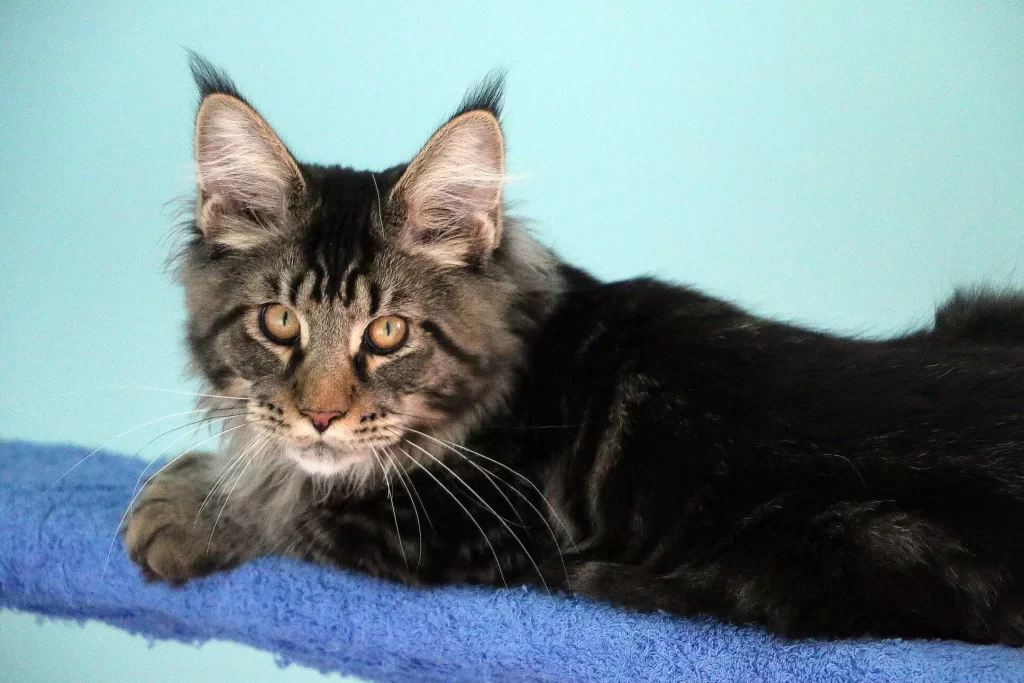
Benefits of cat neutralization
- protection of the bloodline of the cats
- avoiding unregulated growth of the cat population
- fewer birds would be the prey to free-roaming predators
- less stray cats
- aggressive cats might be less aggressive
- unpleasant behaviors of female cats cease
- more friendly cats
- In the case of pure-bred mini indoor tigers, the lack of neutering when buying from a good breeder means breaking the contract. The owner won’t even receive the pedigree certificate
- avoidance of uterine inflammation in the case of females in heat without mating
- weight gain, so more care must be taken to avoid obesity
- in the case of Maine Coons, it can be said, that fur of neutralized cats could usually be longer than that of non-neutralized ones
When should you have neutralized your cat?
- 5-7 months of age is usually the most optimal time for male cats
- in the case of females it is a false beliefs that you have to wait for the first heating period
Neutralization through the eyes of a Maine Coon cat owner
Tirus was neutered on June 3, 2019, when he was 6 months old. The date was chosen in consultation with our breeder and our vet. On the Internet, there are many different ages for neutering, but half a year old seemed to be just right.
Before neutering, Tirus hadn’t been fed for 8-12 hours. The neutralization of the kittens takes place under anesthesia by the vet. I could go and bring Tirus from the vet after 30-45 minutes. By then, the neutering was done and Tirus was already waking up. I read on Internet forums that there are vets who shave the fur on the place where the surgery is. Fortunately, this didn’t happen at our vet.
I didn’t let Tirus out from his carrier box even at home (according to our vets advice) for a certain period of time in order to avoid the risk of accidents. When the specified time interval had passed and Tirus was about to dismantle the lattice door of his transport box, I opened its door for him. He crawled out of his carrier and after that I went after him everywhere in accordance with the advice I received earlier.
Of course, Tirus wanted to jump up everywhere, starting with the windowsill and the kitchen table. I put him in every place he wanted to go up, because he would have tried to jump up anyway. After that I stood by him the whole time and when he wanted to jump off, I took him off.
By the next day, Tirus wasn’t under the effect of the sedative, he was able to move around normally and he could even eat. Fortunately, I can say that our case also proved that male cats recover from neutralization quickly. We didn’t even have to go back for suture removal. In terms of his nature, I didn’t notice any changes on Tirus.
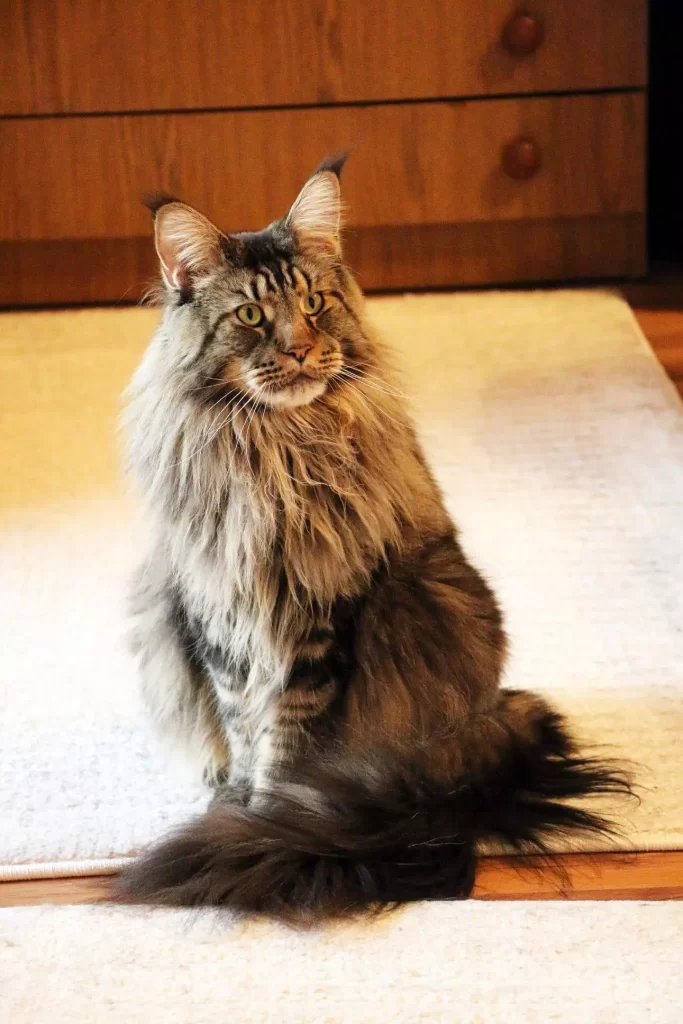
Neutralization of female cats
Neutralization of male cats is faster, cheaper, (and recovery is quicker) than it is by female cats. In the case of females, the recovery after neutering is a little longer, but the kittens don’t have to wear a collar here either. There are already cat clothes (or you can also sew them) that protect the wound, so the cat cannot access it, but she can move freely.
The operation takes longer than in case of male cats. After waking up from anesthesia, it’s worth keeping an eye on them as well, until the anesthetic is completely removed from their body and they can walk safely again.
In this blog post, I tried to highlight and prove the importance of cat neutralization and provide a little help to future cat owners by explaining the neutering process of Tirus. By all means, you have to had neutralized both your pedigree pet and your domestic cat. In this way you not only save yourself from unwanted behavior of non-sterilized cats, but also protect the health of your cats.
